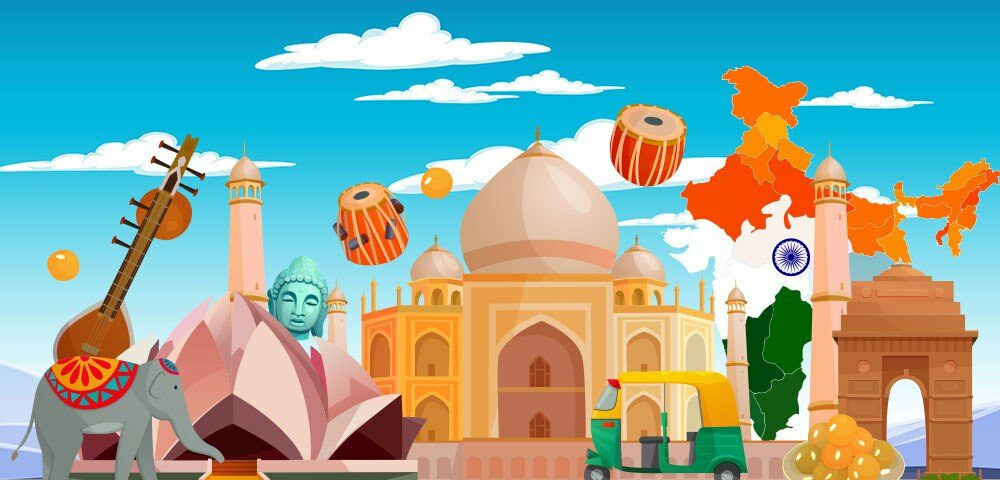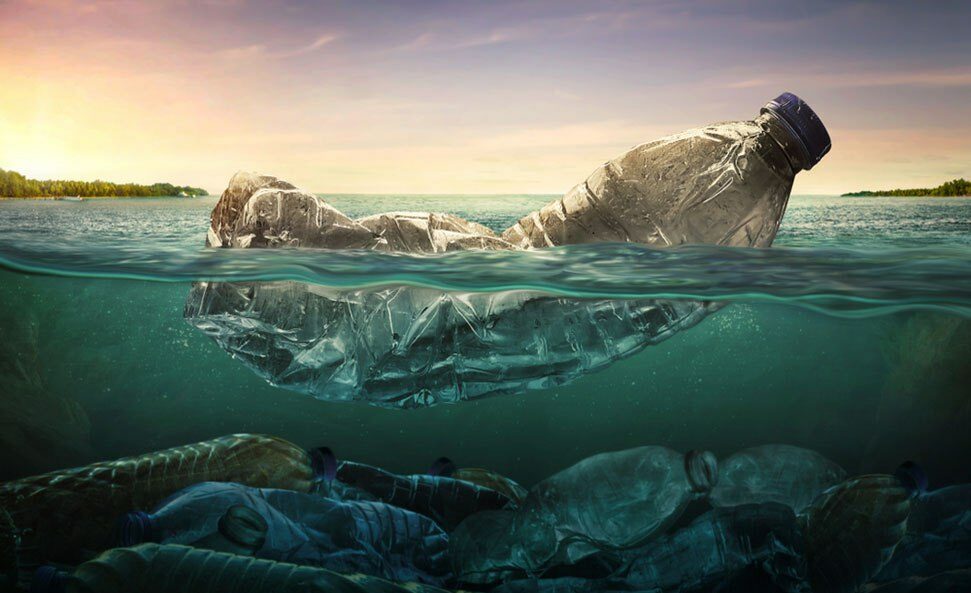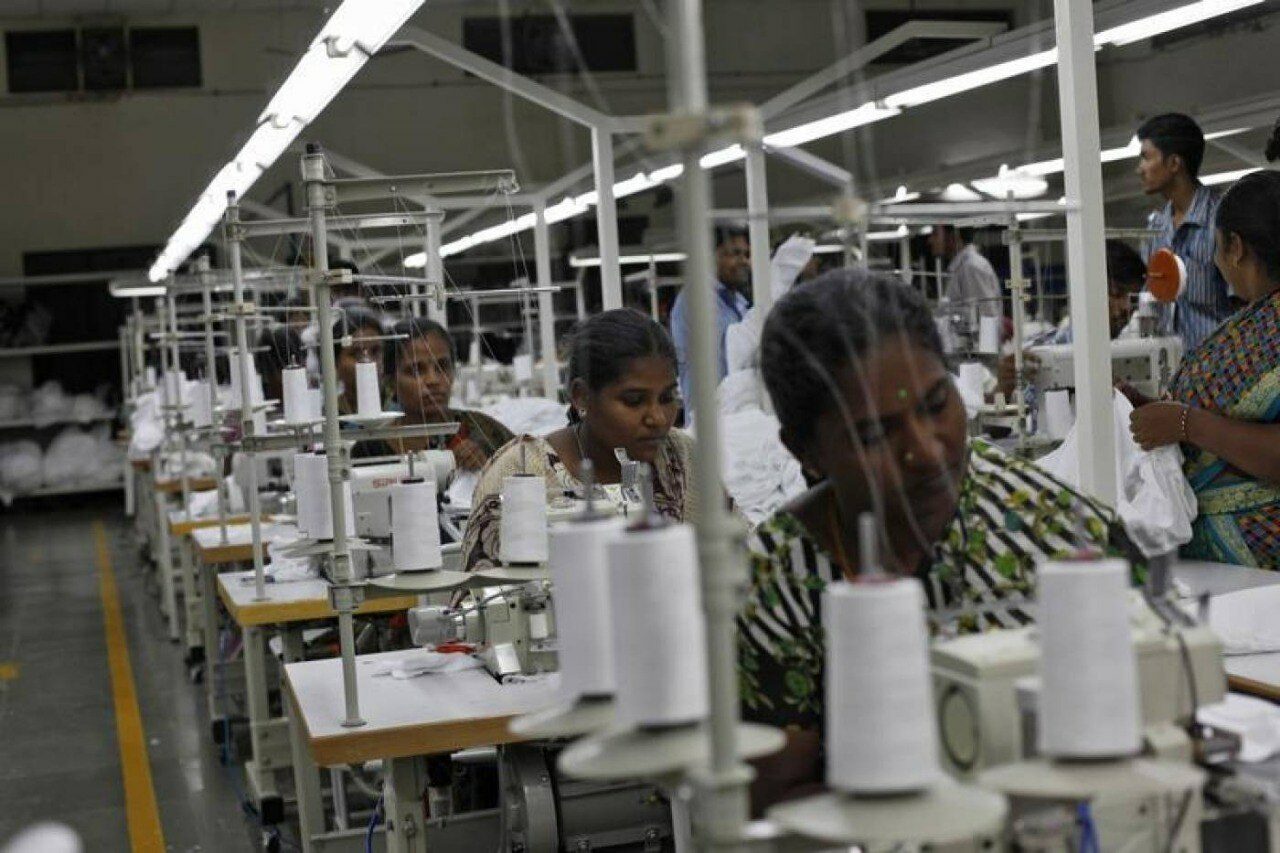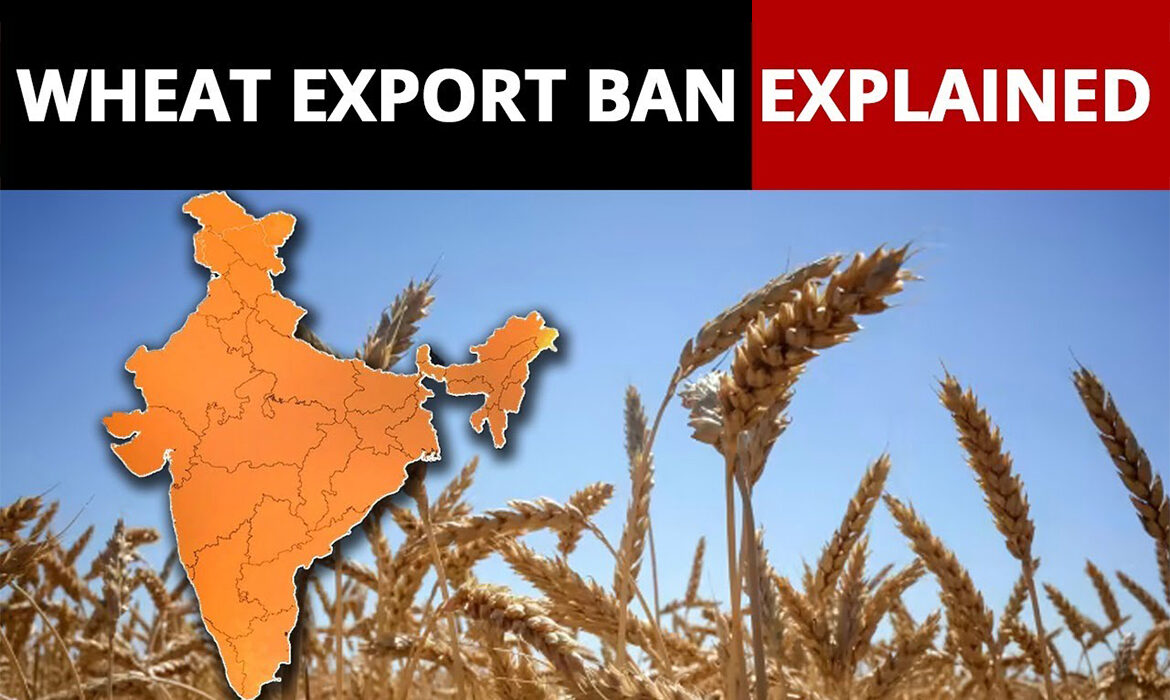SPACE TOURISM
WHY IN THE NEWS?
Recently, many spaceflight companies like SpaceX, Blue Origin, and Virginia galactic are coming forward to provide space tourism. Space tourism is a segment of space travel that allows people to travel to space for recreational, leisure, or business purposes.
Till now people visited space for space research, which is helpful for the development of mankind. But now, common people want to travel to space for non-scientific reasons.
STATUS OF SPACE TOURISM
- In the beginning, the Soviet Union and the United States were completely engaged to attain domination in spaceflight technologies, but later they abandoned their project.
- Today, it is private enterprises that are taking an active role in the commercial space race and taking a significant role in space-related technologies.
WHERE DOES THE SPACE START?
- The Karman line is the internationally recognized boundary of space.
- The line is defined by Theodore von Kármán,a Hungarian American engineer and Astro-physicist, who was active primarily in aeronautics and astronautics.
- He considered the limit of space as the “Karman Line” at a height of 83.6 km. For space travel, this Karman line is to be crossed.
However, according to the Federation of international astronauts, the space line is at 100 km.
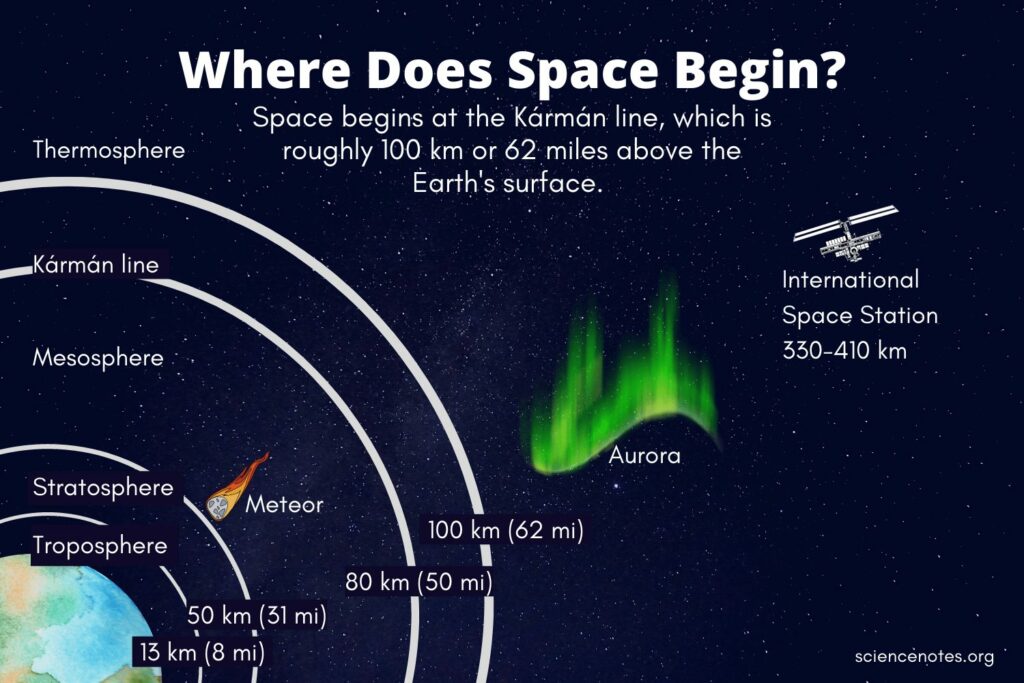
FACTORS NECESSITATED SPACE TOURISM
- Societal development- When society evolves, people’s aspirations also start growing to a higher level.
- Technology- Rapid growth in technological developments made new sectors like space tourism possible today.
- Entrepreneurs- With greater incentives from the government, lots of entrepreneurs are evolving day by day.
- Innovation- Due to greater emphasis on Research and Development, frequent innovations in terms of design as well as operational fields in the aviation sector are happening.
- For instance: the development of Reusable launch vehicles that can be relaunched further and thus reduces the cost.
HOW SPACE TOURISM BENEFITS INDIA AND THE WORLD?
- Advancement in Space Research
- Space tourism enhances the technical capacity and capabilities which in turn can be utilized for further space research programs.
- Foreign collaboration
- Policies such as Joint Ventures enable technology transfer between countries which can be developed for multiple purposes.
- The planned Gaganyaan mission of India is a perfect example where the active collaboration of Russia and France helped India to reach the next stage of exploration.
- Private sector participation
- Active participation of private parties for commercial space flights promoted the space industry as the fastest-growing sector.
- The efficiency and effectiveness of private sectors in the operational design of aircraft help agencies like ISRO to explore more and reach a higher level.
- Development of the aviation sector
- Space tourism helps in the creation of multiple opportunities for the development of the aviation sector particularly the manufacturing field. It helps in the development of ancillary units in the aviation sector.
- Training facilities
- Better training ecosystem will create more employment opportunities in the economy.
- Scientific temper
- The evolving space tourism will create curiosity and logical thinking among the youths.
- This rational and scientific thinking and induced interest will ultimately contribute more resources to the nation in terms of innovation and inventions.
CONCERNS
- Safety concerns
- Lack of security- The commercial spacecraft’s entry into space and re-entry to the atmosphere incurs a huge risk, even the slightest deviation can lead to a disaster.
- Health issues
- Health concerns as passengers could also face motion sickness and disorientation, which can affect vision, cognition, balance, and motor control.
- Climatic risk
- Increased pollutants from rocket fuel and heating caused by spacecraft returning to Earth along with debris are harmful to the ozone layer.
- Another major concern is the black carbon soot emitted by the rockets directly into the atmosphere where these soots are efficient at retaining heat.
- As a result, experts are worrying because space tourism may undermine the progress made by the Montreal Protocol in reversing Ozone depletion.
WAYFORWARD
- Independent regulator – Creating an independent regulator for space tourism can help in instilling confidence among private players.
- Capacity building -Training, and better medical screenings to be provided to the tourists who are interested in space tourism.
- Incentives to private companies – Opening up ISRO’s testing facilities to the private sector will reduce costs and increase incentives and grants for firms to build operational spacecraft.
- Research and Development- It is necessary to deepen research works to address the growing climatic concerns raised by environmental experts.
CONCLUSION
Space tourism is one of the world’s fastest-growing recreational sectors. This sector has huge potential for socio-economic benefits in terms of employment opportunities and innovation. But at the same time, a sound regulatory policy is needed to assure the safety protocols for a sustainable tourism.
QUESTION
Space tourism is Technology driven tourism with its socio- economic benefits. Discuss. List out the concerns associated with space tourism.(150 Words, 10 Marks)




